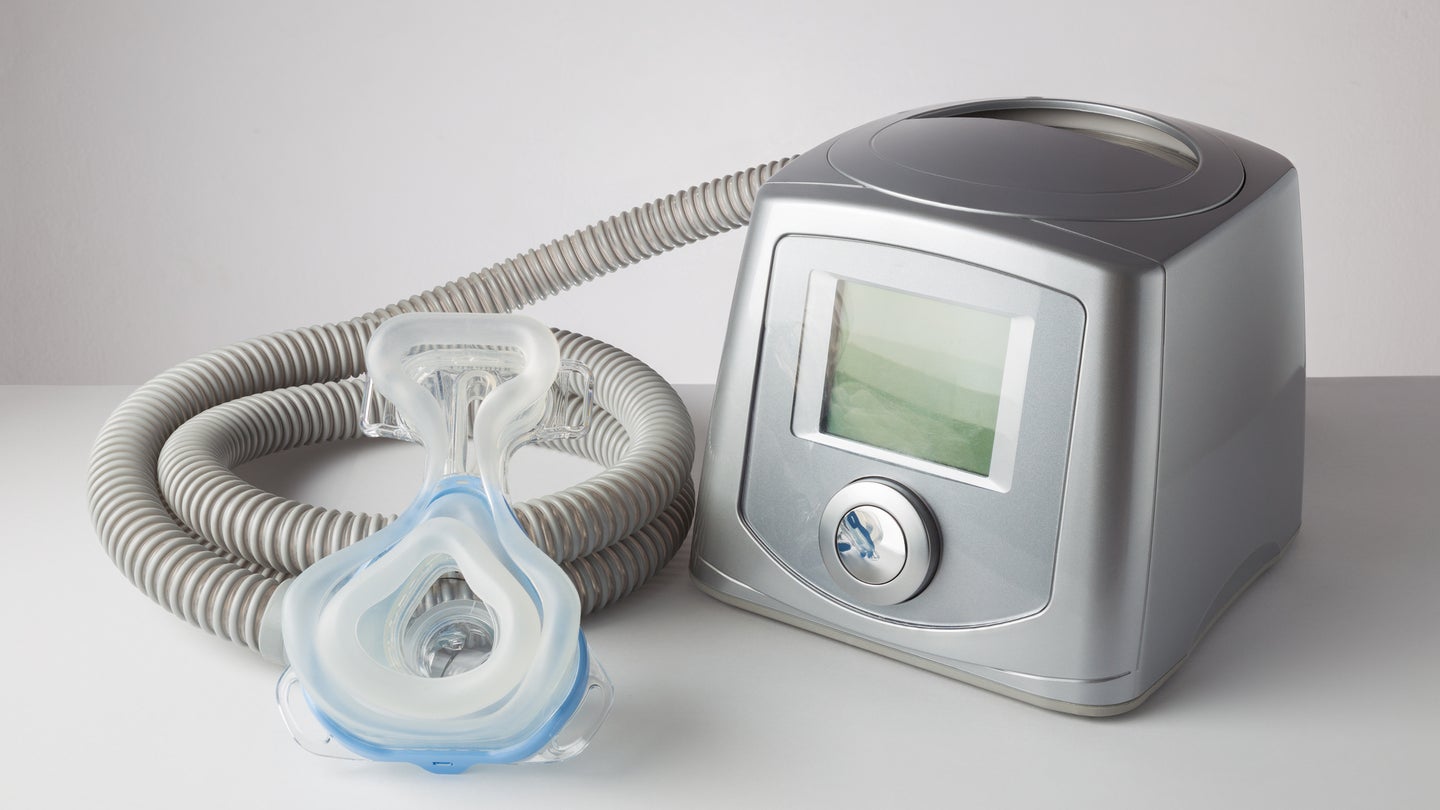
Looking to add a touch of sophistication to your happy hour? Red wine cocktails are the perfect way to elevate your drinking experience. With the right ingredients and a bit of creativity, you can create delicious and stylish cocktails that will impress your guests and elevate your taste buds. Here are 5 red wine cocktails that are sure to take your happy hour to the next level.
1. Red Wine Sangria
Sangria is a classic cocktail that is perfect for serving at parties or gatherings. This refreshing and fruity drink is easy to make and can be customized to suit your taste preferences.
Ingredients:
- 1 bottle of red wine
- 1/4 cup brandy
- 1/4 cup orange liqueur
- 1/4 cup orange juice
- 1/4 cup simple syrup
- Fresh fruit (such as oranges, lemons, and berries)
Instructions:
- In a large pitcher, combine the red wine, brandy, orange liqueur, orange juice, and simple syrup.
- Add the fresh fruit to the pitcher and stir to combine.
- Refrigerate the sangria for at least 4 hours to allow the flavors to meld together.
- Serve the sangria over ice and garnish with additional fruit, if desired.
2. Red Wine Spritzer
A red wine spritzer is a light and refreshing cocktail that is perfect for sipping on a warm day. This cocktail is simple to make and can be customized by using your favorite soda or sparkling water.
Ingredients:
- 4 oz red wine
- 2 oz club soda
- 1 oz cranberry juice
- Fresh berries for garnish
Instructions:
- Fill a glass with ice.
- Add the red wine, club soda, and cranberry juice to the glass.
- Stir gently to combine.
- Garnish with fresh berries and enjoy!
3. Mulled Wine
Mulled wine is a warm and cozy cocktail that is perfect for sipping by the fire on a cold winter night. This spiced drink is easy to make and will fill your home with a delightful aroma.
Ingredients:
- 1 bottle of red wine
- 1/4 cup honey
- 1 orange, sliced
- 2 cinnamon sticks
- 6 whole cloves
- 1 star anise
Instructions:
- In a large pot, combine the red wine, honey, orange slices, cinnamon sticks, cloves, and star anise.
- Heat the mixture over low heat, stirring occasionally, until warm (do not boil).
- Remove from heat and strain out the spices.
- Serve the mulled wine in mugs and garnish with additional orange slices, if desired.
4. Red Wine Margarita
A red wine margarita is a unique twist on the classic margarita cocktail. This vibrant and flavorful drink combines the rich taste of red wine with the zesty notes of tequila and lime.
Ingredients:
- 2 oz red wine
- 1 oz tequila
- 1 oz lime juice
- 1/2 oz triple sec
- 1/2 oz simple syrup
- Salt for rimming the glass
Instructions:
- Rim a glass with salt by running a lime wedge around the rim and dipping it in salt.
- Fill the glass with ice.
- In a shaker, combine the red wine, tequila, lime juice, triple sec, and simple syrup.
- Shake well and strain into the prepared glass.
- Garnish with a lime wedge and enjoy!
5. Red Wine Manhattan
The Red Wine Manhattan is a sophisticated and flavorful twist on the classic Manhattan cocktail. The addition of red wine adds depth and complexity to this cocktail, making it a perfect choice for a special occasion.
Ingredients:
- 2 oz red wine
- 2 oz bourbon
- 1/2 oz sweet vermouth
- 2 dashes Angostura bitters
- Maraschino cherry for garnish
Instructions:
- Fill a mixing glass with ice.
- Add the red wine, bourbon, sweet vermouth, and bitters to the mixing glass.
- Stir well to chill the mixture.
- Strain into a chilled cocktail glass.
- Garnish with a maraschino cherry and enjoy!
These delicious red wine cocktails are sure to impress your guests and elevate your happy hour experience. So why not try something new and sip in style with these sophisticated and flavorful drinks?








